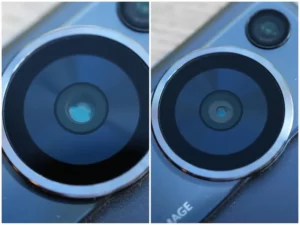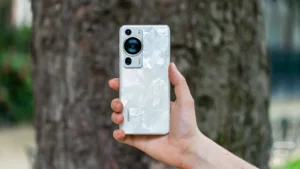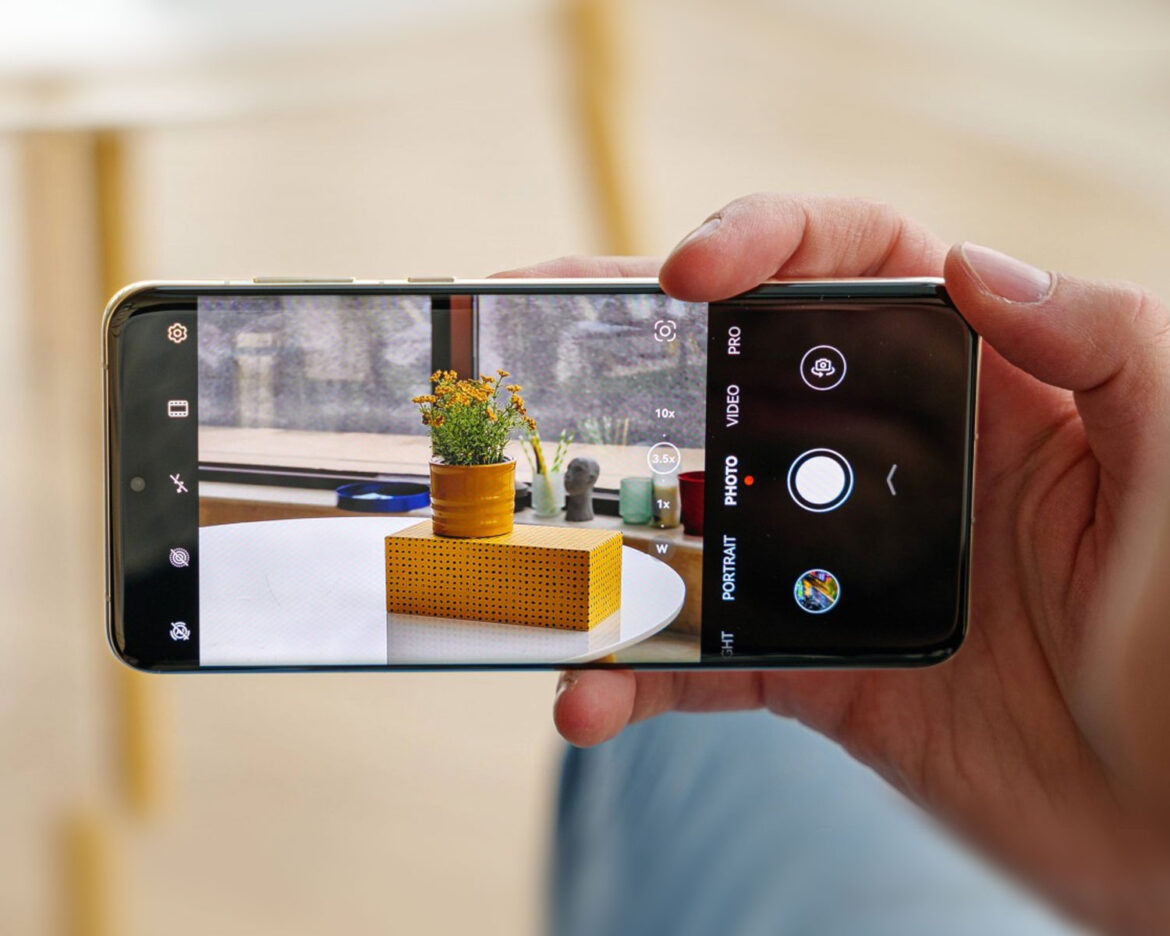In the world of smartphones, certain devices remain etched in our memories as game-changers, and the Huawei P20 Pro undoubtedly holds that distinction. Launched in 2018, this groundbreaking phone revolutionized mobile photography with its triple camera system, especially excelling in night photography and zoom capabilities. The P20 Pro catapulted Huawei from a prominent Chinese brand to a global powerhouse in the smartphone industry.

Although Huawei faced challenges on its journey, such as impending dominance and subsequent setbacks due to U.S. sanctions, the company continued to innovate and impress, particularly in its domestic market. Now, the emergence of the Huawei P60 Pro showcases the brand’s unyielding commitment to pushing the boundaries of hardware prowess and photography excellence, evoking memories of the P20 Pro’s impact.

At the heart of the P60 Pro’s camera system is its main camera, boasting a 10-stop aperture and a physical shutter mechanism. This unique feature empowers users to control light intake and manipulate depth of field, a feat only previously attempted by Samsung in 2019 and Xiaomi more recently. Notably, these competitors offer fewer aperture stops, accentuating the P60 Pro’s achievement.

The device’s zoom lens, a 3.5x periscope camera, takes innovation further by delivering virtually lossless 10x zoom capabilities, while also serving as a versatile macro sensor. This eliminates the need to physically approach subjects for close-up shots, enabling users to capture intricate details with ease.
The awe-inspiring capabilities of the P60 Pro’s camera system extend beyond just hardware. Huawei’s proprietary “Xmage” engine, a cutting-edge software processing algorithm, plays a pivotal role in image processing, contributing to the jaw-dropping quality of the photographs taken with the device.

However, the P60 Pro is not without its challenges. Ongoing sanctions prevent the phone from running essential Google apps and utilizing 5G networks. Consequently, the device relies on a one-year-old Qualcomm Snapdragon 8+ Gen 1 chip and lacks 5G support. Despite these limitations, it’s crucial to recognize that these constraints stem from external factors rather than Huawei’s capability or willingness to deliver top-tier hardware.

The P60 Pro’s excellence evokes nostalgia for the P20 Pro and serves as a testament to Huawei’s enduring commitment to innovation in the face of adversity. Had it not been for the sanctions and geopolitical complications, the P60 Pro could very well have claimed the title of the best overall smartphone on the market today. The journey of Huawei and its devices serves as a reminder that technological innovation remains resilient, and even amidst challenges, breakthroughs are possible.



